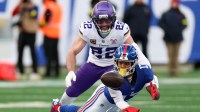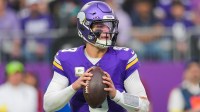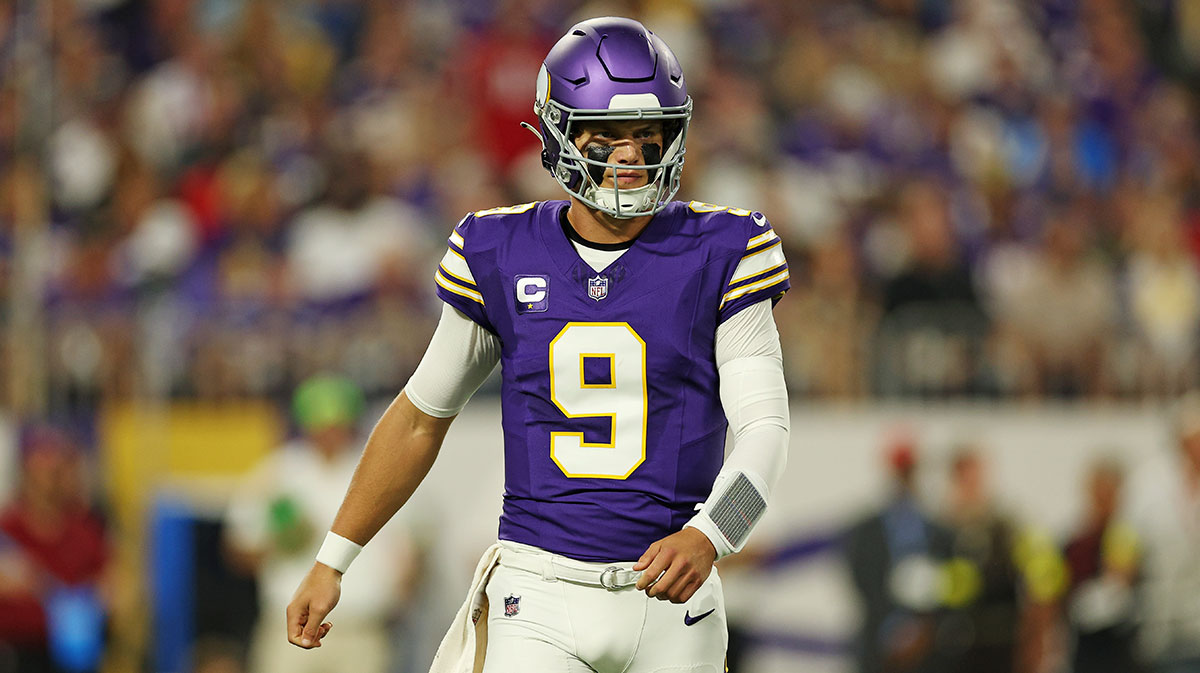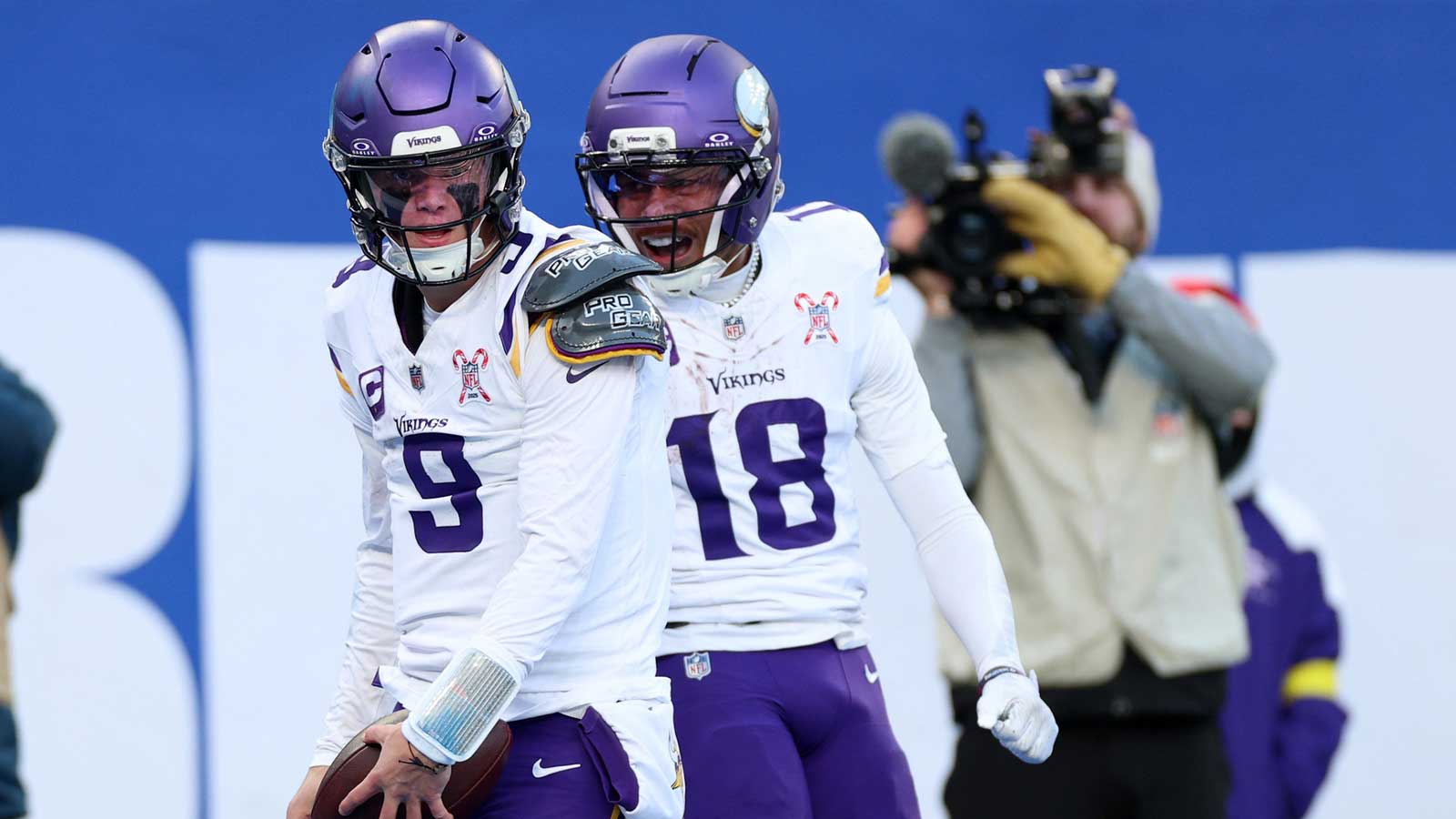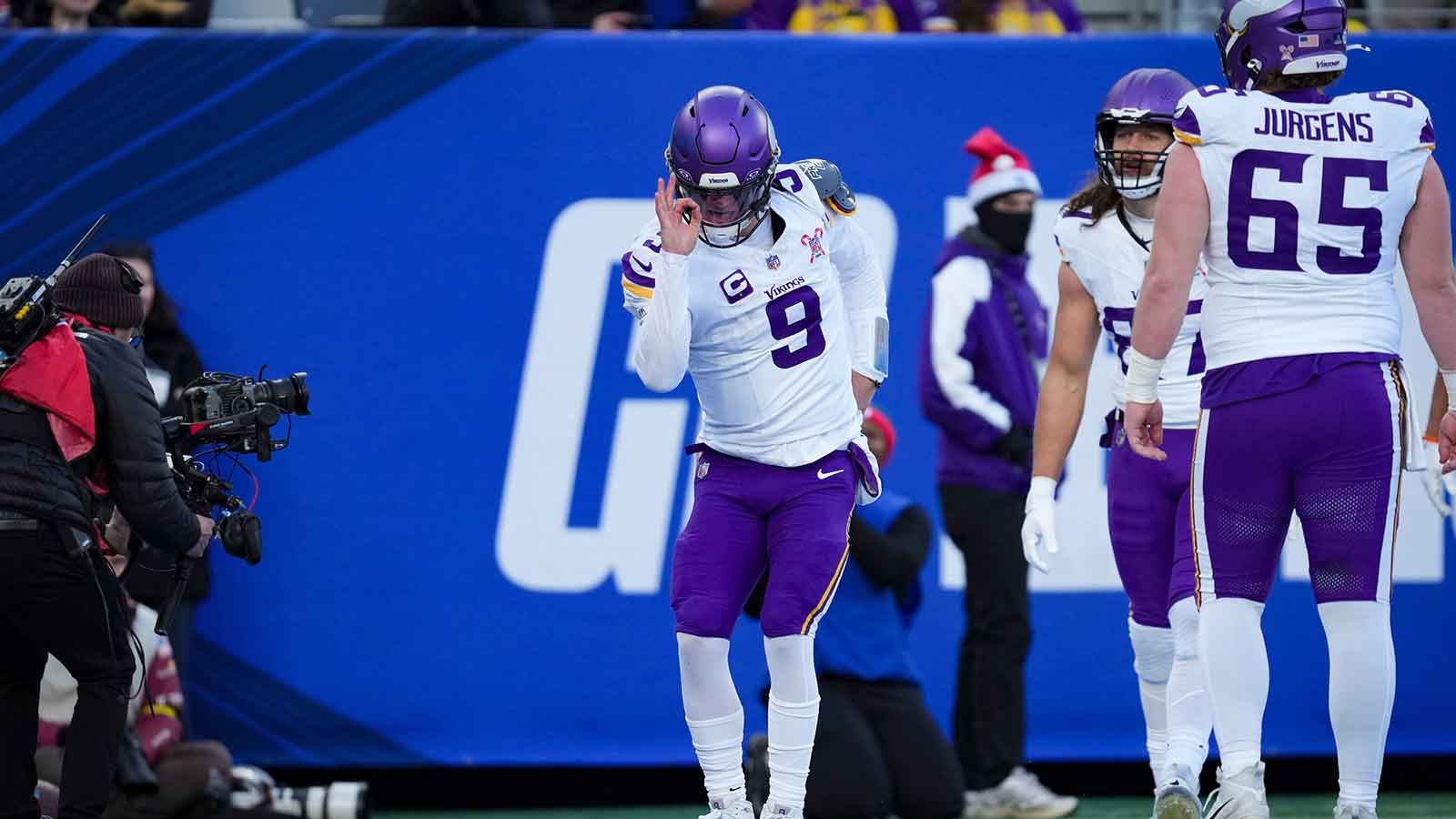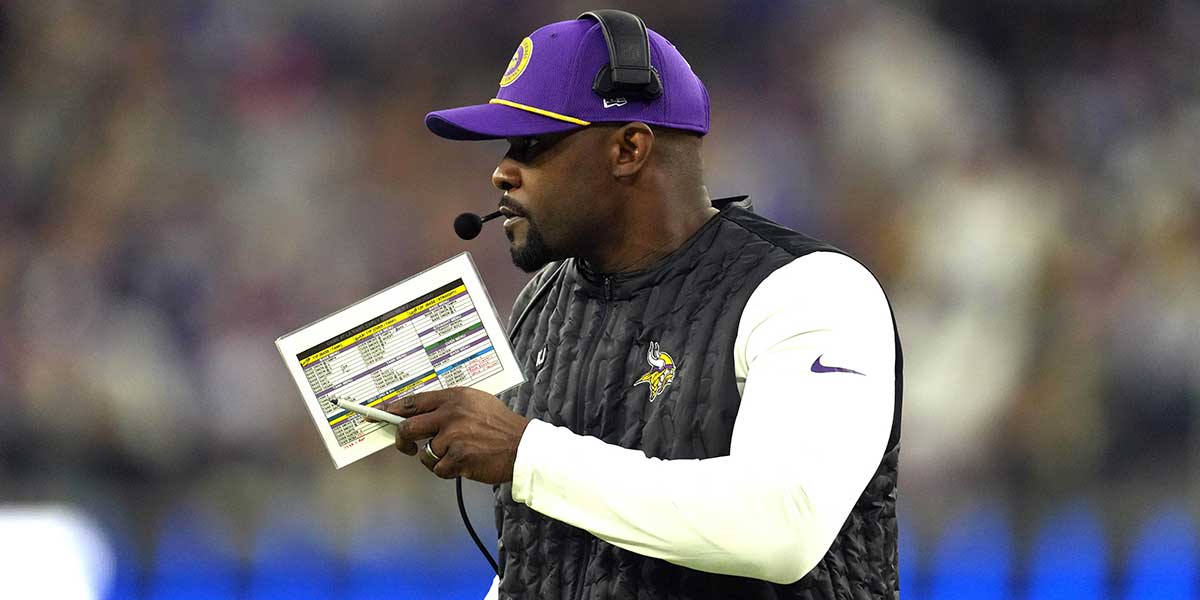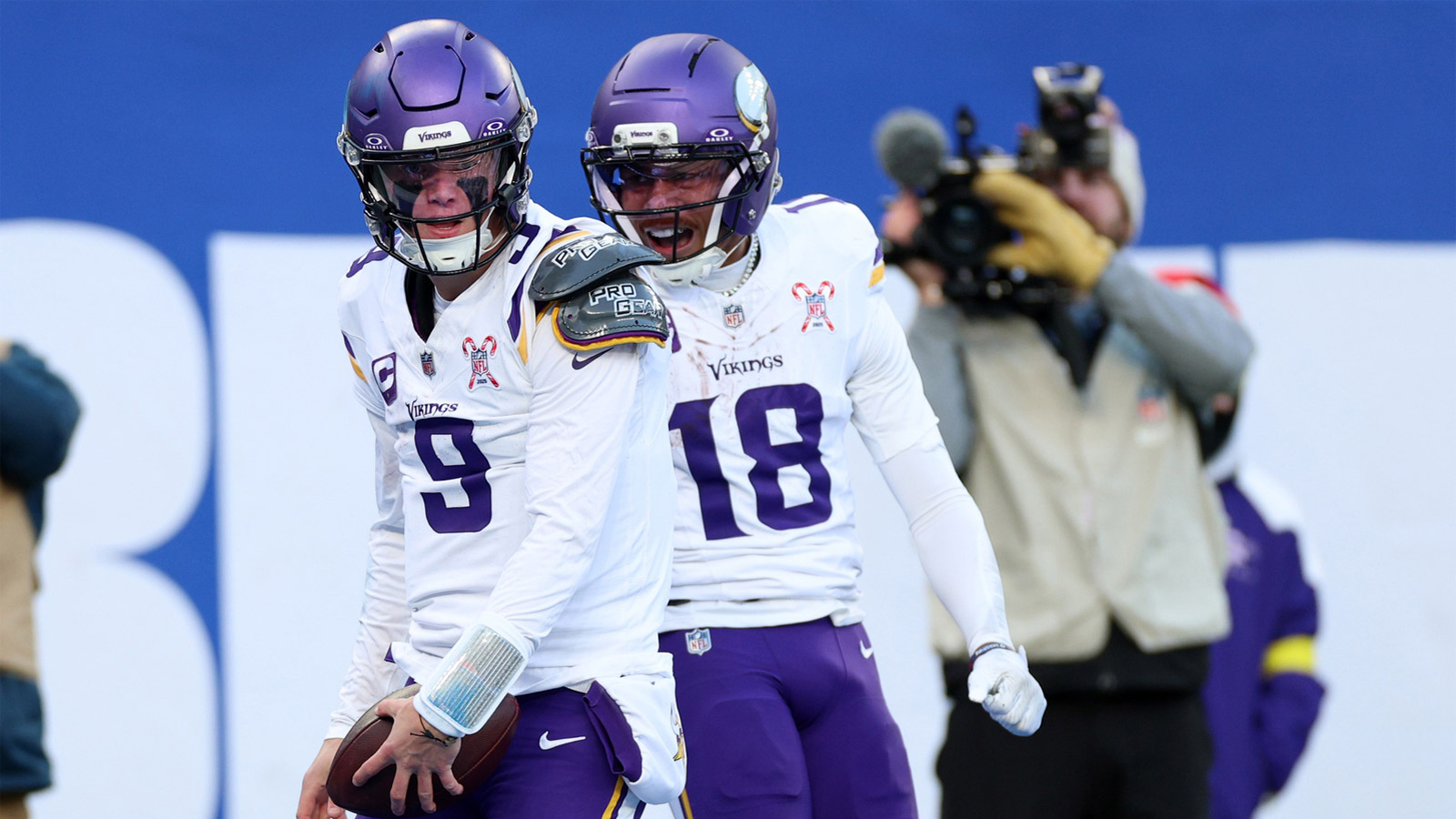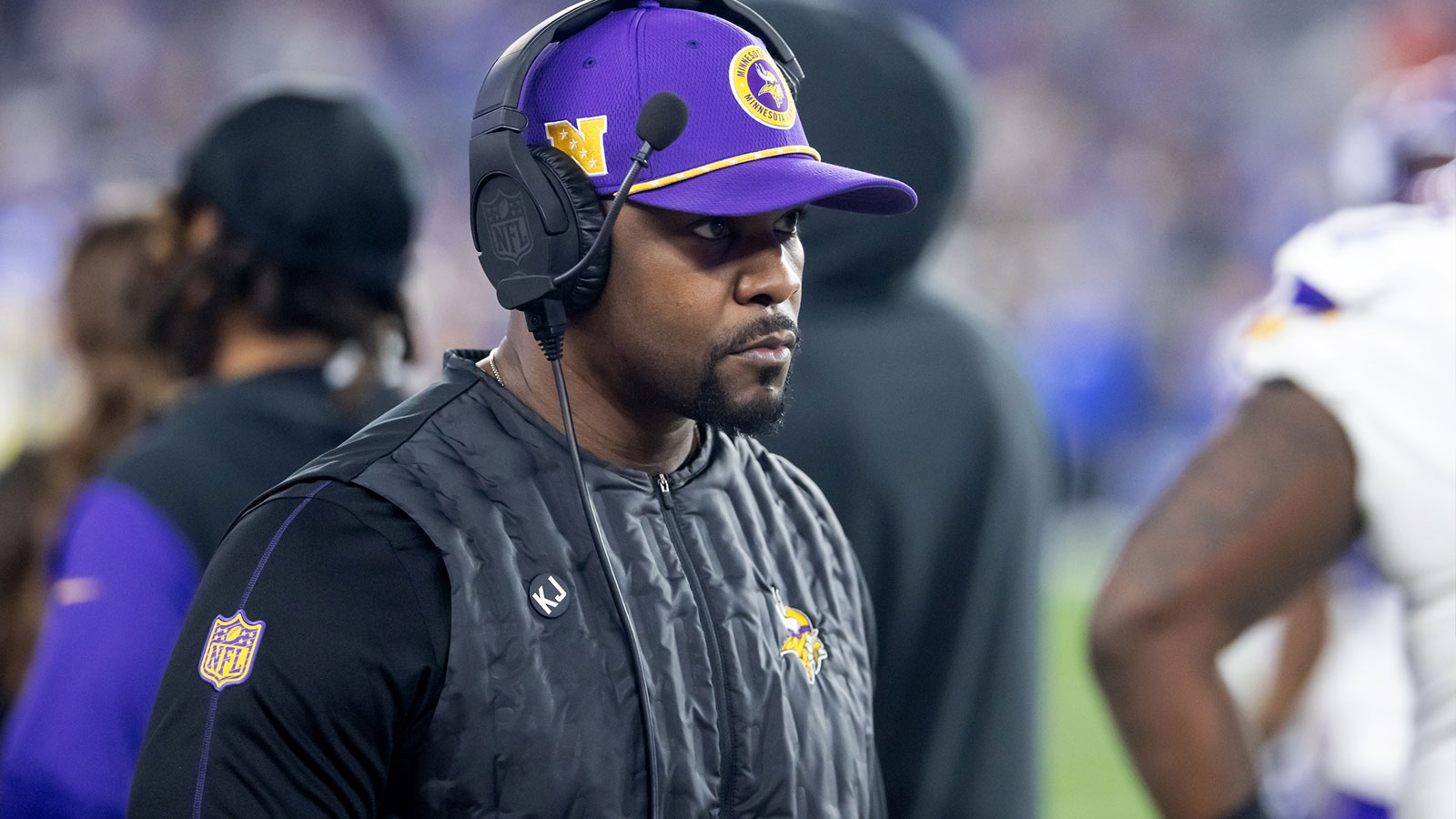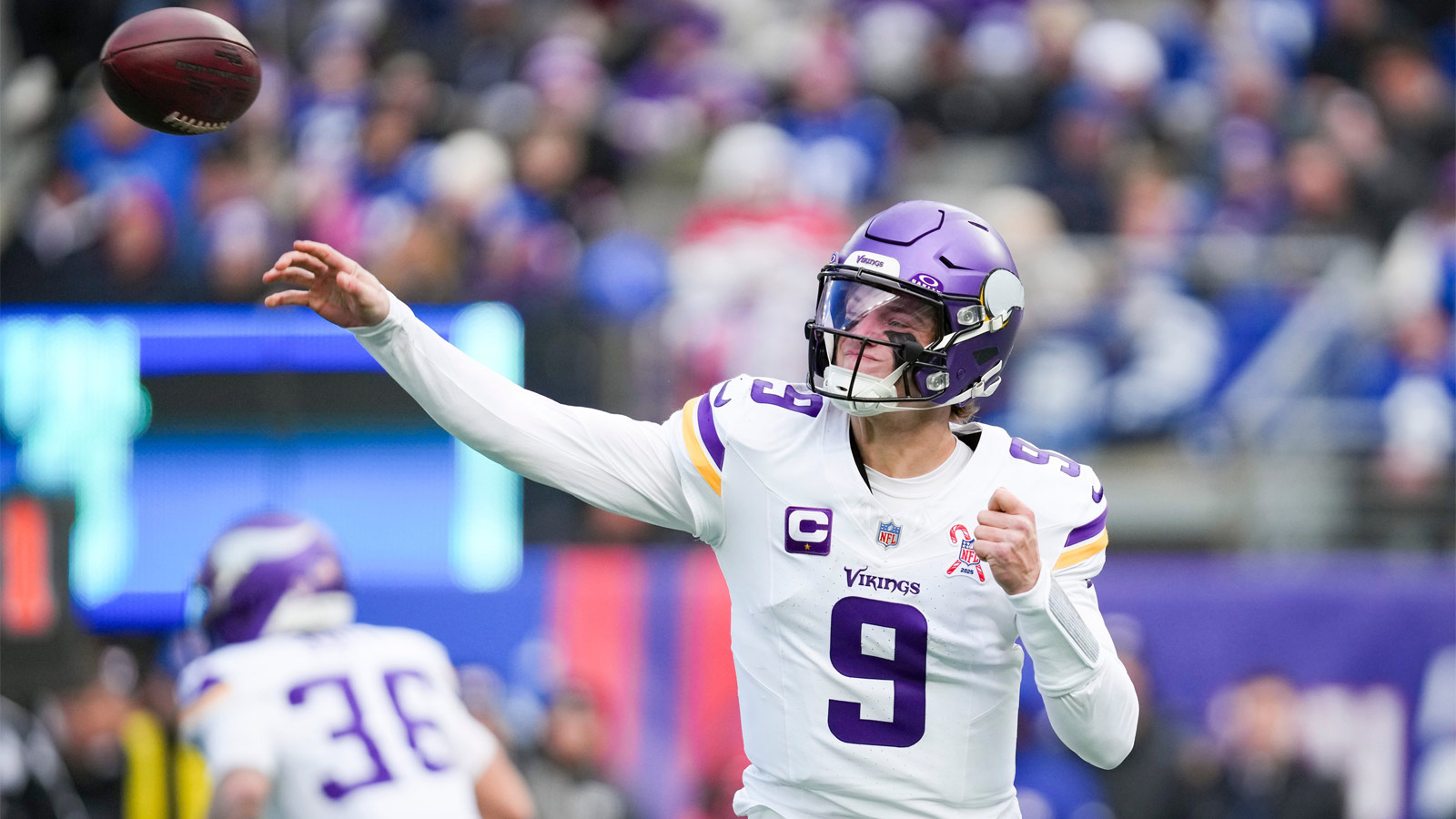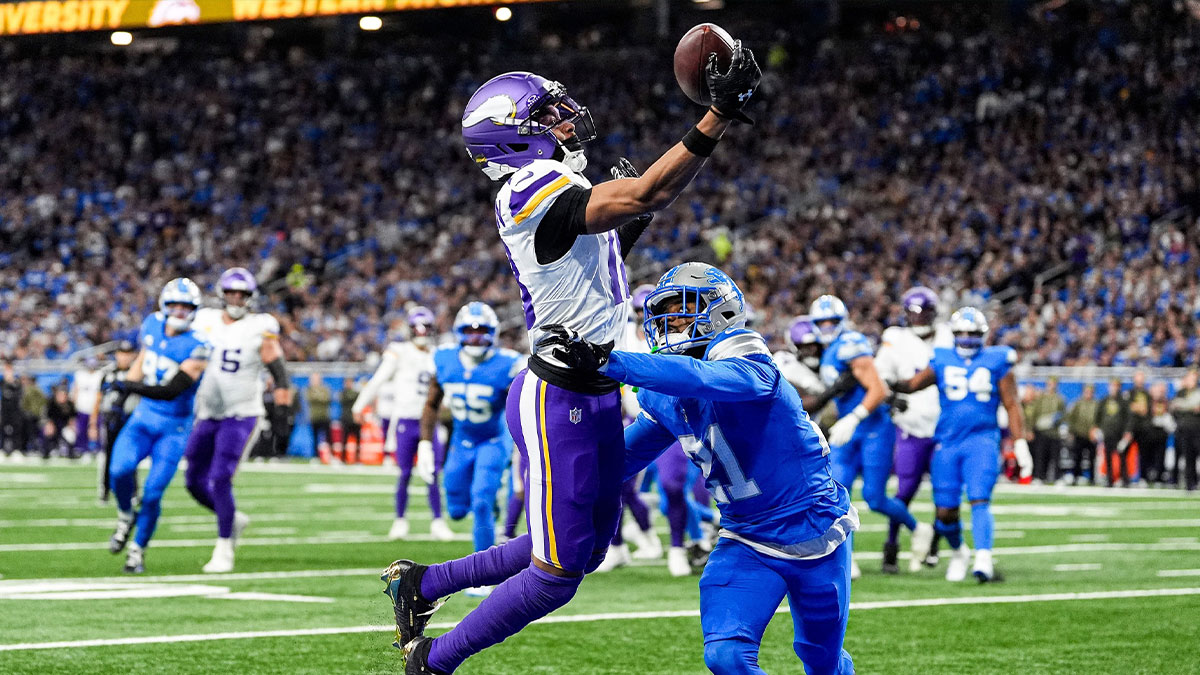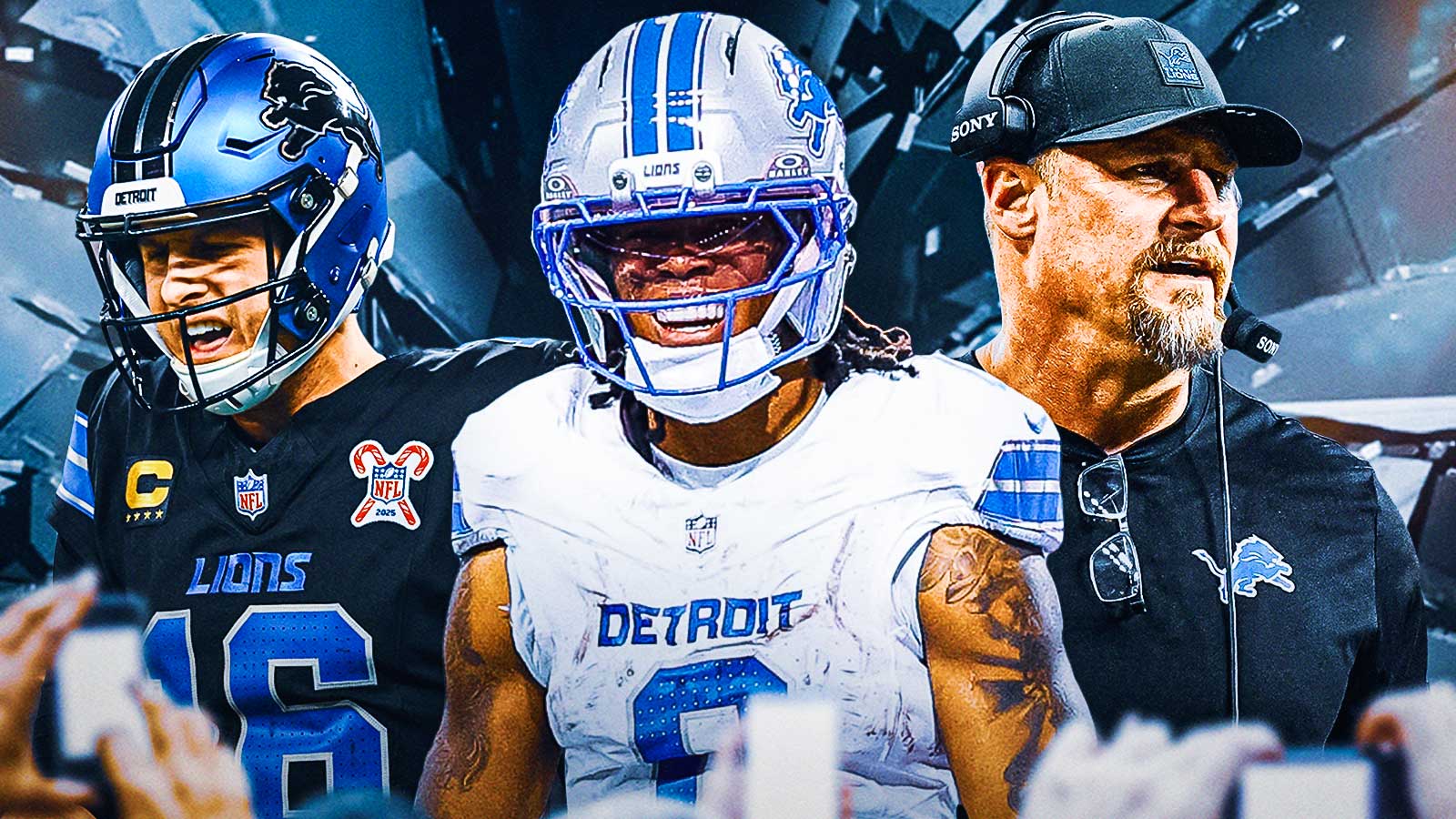The news of Dalvin Cook's release by the Minnesota Vikings was announced Thursday morning, but there was little surprise that the team decided to say goodbye to their star running back.
Cook put on the Vikings uniform for 6 seasons, and he gained 1,135 yards or more in his last 4 years. His ability to break long plays has long been his calling card in the NFL, but there has been a lot more to his game. He has been a fine receiver in addition to a game-changing runner.
But the Vikings had to make this move since they were unable to find a trade partner for him prior to or at the NFL Draft. Once they failed to make a deal, it seemed obvious that his days with the organization were numbered.
The Vikings are coming off a season in which they on the NFC North title with a 13-4 record, and their offense was far better than their defense. Cook contributed huge plays in wins over the Buffalo Bills, Miami Dolphins, Washington Commanders and Indianapolis Colts, and he has been one of the top 5 players on the team's roster.
If that's the case, why was general manager Kwesi Adofo-Mensah so willing to get rid of this star player. The second-year general manager had his reasons, and he appears to have been right in making the difficult decision.
Too many 0-yardage or negative plays
Cook has the speed and instincts to break big plays fairly regularly, but he can't bust 50-yard plays every week to lead his team to victory.
That's not what head coach Kevin O'Connell expected from Cook. He wanted to see consistent production and that includes getting the job done after the Vikings had established momentum with a productive first-down play that gained 7, 8 or 9 yards.
In those situations, the Vikings often turned to Cook to convert those short-yardage plays to momentum-driving first downs.
More often than not, Cook did not succeed when he was asked to make those plays. Cook had far too many plays that failed to gain yardage or actually turned into losses. How bad was it? Cook ranked 40th of 42 running backs when it came to failing to gain or actually losing yards. That meant the Vikings were often scrambling when it came to converting what should have been easy first downs.
It was often left to Kirk Cousins or Justin Jefferson to convert a suddenly challenging third-down situation. They often did so, but those failures by Cook often drained energy from the Vikings.
Salary Cap issues
Throughout last season, the Vikings were up against the salary cap. Adofo-Mensah was forced to deal with this issue throughout the offseason.
Veteran wide receiver Adam Thielen was not brought back into the fold, and neither was edge rusher Za'Darius Smith. Defensive back Patrick Peterson and linebacker Eric Kendricks were also allowed to depart.
But it wasn't enough to fix the Vikings salary cap problems. By cutting Cook, the Vikings will save $9 million on the the salary cap, according to Spotrac. The team will save an additional $12.5 million in 2024.
Alexander Mattison appears ready to take over
A case can be made that Mattison has been one of the best No. 2 running backs in the league for each of his four seasons.
He also did a much better job in those short-yardage situations that Cook struggled with last season. Mattison gained 283 yards on 74 carries last season and scored 5 touchdowns. He ran for 434 yards or more in his 3 previous seasons.
Mattison is the type of running back who can put his head down and gain the key yards that will keep drives alive.
Is Mattison a breakaway threat? Not to the same extent as Cook. Mattison had a 48-yard run in the 2021 season, and that's the longest of his career. He has the hands to get the job done as a receiver, but his longest catch and run is 28 yards to this point in his career.
Conclusi0n
The Vikings loved Cook's production over the years, but his struggles in short-yardage situation was an issue for the coaching staff.
The salary issues were also problematic and since Cook is going into his 7th season, the Vikings decided there are better ways to spend their money.
Running backs tend to lose their effectiveness at this point in their careers — or sooner — and the team made the decision to let their No. 1 running back go.
It could allow the Vikings to use their salary cap money in a more effective manner.





